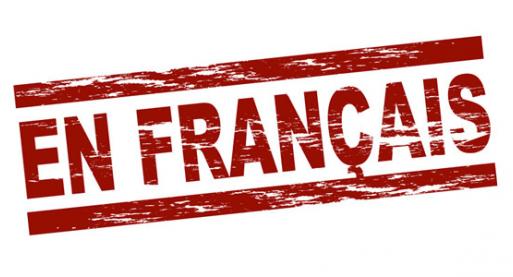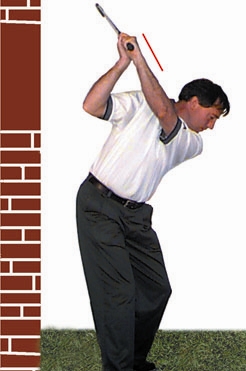The Backswing
A good backswing is the key to success in being consistent with your golf shots.
Triangle, Plane and Wrists:
 Addressing the ball:
Addressing the ball:
First, start your backswing in one piece.
Visualize a triangle created by your arms and shoulders. This triangle should remain intact when initiating the backswing with a rotation of the shoulders.
 The Triangle:
The Triangle:
Shoulders, arms and hands (the triangle) should all move as one unit.
 Cocking of the wrists:
Cocking of the wrists:
Once the hands are at the waist height, the wrists will start to cock and continue this movement until the angle created by the arm and the club shaft are about 90 degrees.
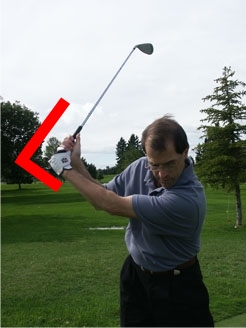
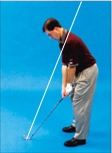 The plane of the swing:
The plane of the swing:
A golf swing cannot function effectively without keeping the swing within the boundaries of the swing plane.

The swing plane can be pictured as an imaginary line drawn from the toe of the club up over your shoulders in the address position.
You can invision the plane as a flat surface (a pane of glass). You do not want to break the glass while swinging the club.
The Wrists:
At the top of your backswing, check your left wrist to see if it is in the proper neutral position as shown in the picture. This can help with the direction of your shots. Proper hinging of the wrists is essential to keep your swing on the correct plane.
Arms and wrists pointing at 9 o’clock and 3 o’clock:
Let me explain the action of the arms and wrists during part of the swing. This drill should make you understand and feel the correct motion of the hands and arms. Using your triangle (shoulders and arms) to start your backswing, you should feel no separate motion of the wrists (no cocking of the wrists after you have started your backswing).
9 O’clock:
As you are doing your backswing, you should turn your shoulders and arms together as one unit.
When your backswing reaches about 9 o’clock, your index fingers should point directly at my stomach as shown on the left picture.
3 O’clock:
When your forward swing reaches about 3 o’clock, your index fingers should point directly at my stomach as shown on the left picture.
How far back should the club travel?
Radius of your Left Arm:
As long as you maintain the radius of your left arm and turn the shoulders as far as you can, relative to your flexibility, you cannot over swing.
The Wall Drill:
This is a drill to help you swing the club on the correct plane. Your goal is to complete your backswing and forward swing without hitting the wall. Place yourself a foot from a wall using a #7 Iron. During your backswing focus on how your wrists are cocked at the top, similar to the photo at the left.
You can learn much on how both wrists do their work during the golf swing with this exercise.
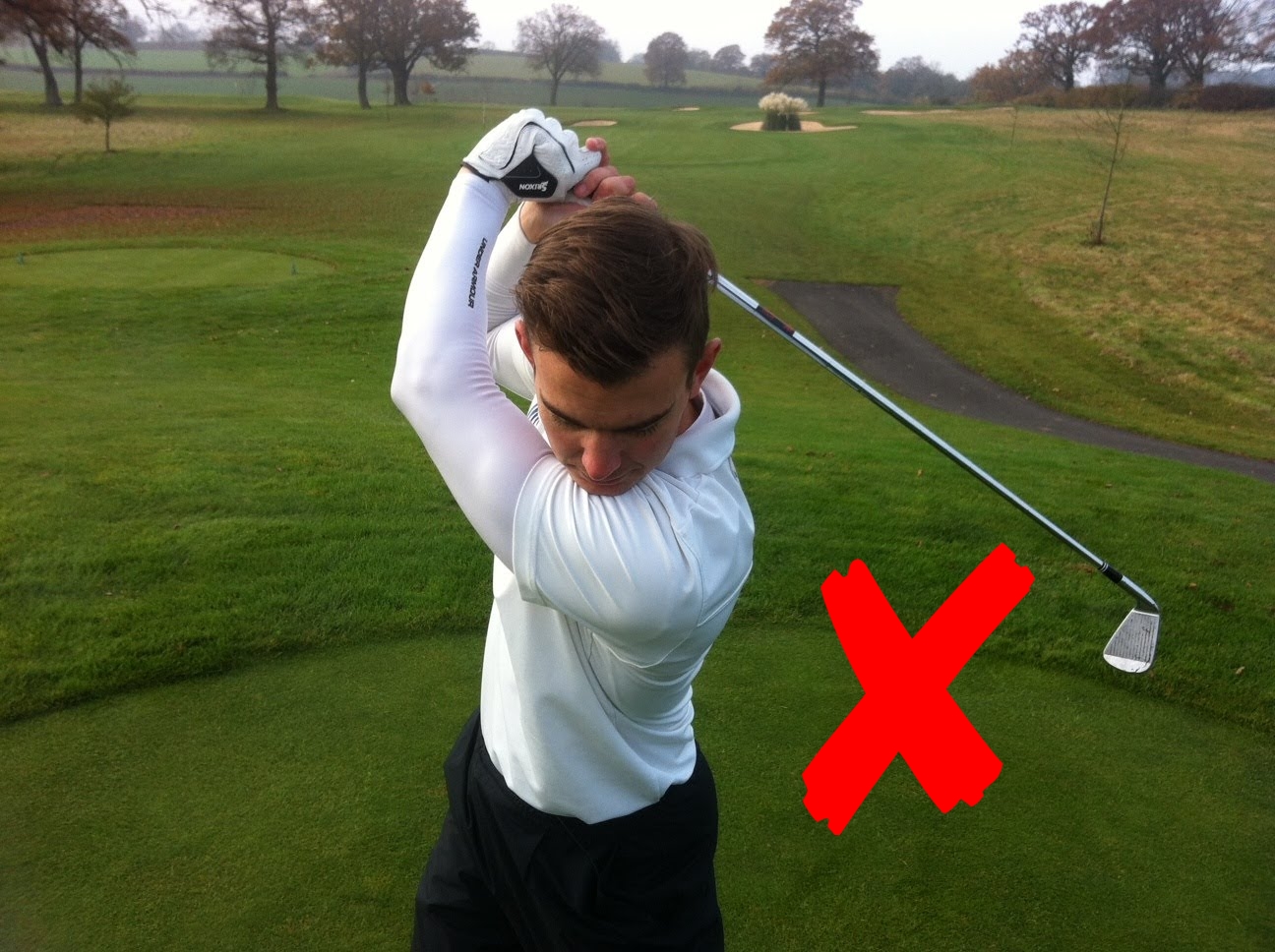 Going back too far:
Going back too far:
Here are possible results when taking the club back too far when executing the backswing.
Your left arm folds creating inconsistency with your swing.
More weight on the left foot at the end of the backswing (creating a reverse pivot).
Harder to maintain the 90 degree angle needed to produce more club head speed during impact of the ball.
To produce similar shots, time and time again, the player must be able to have a repeatable swing. By going too far back on the backswing, it becomes very difficult for the player to be consistent with his swing (similar swings = similar shots).
It is harder to create a smooth and graceful golf swing when your club goes back too far.

45 Degrees:
I often tell my students, when using any irons, the backswing should not exceed 45 degrees as illustrated on the image on your left.


